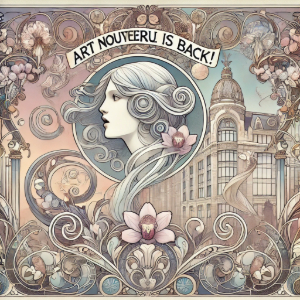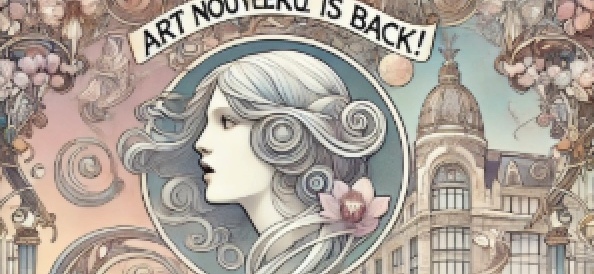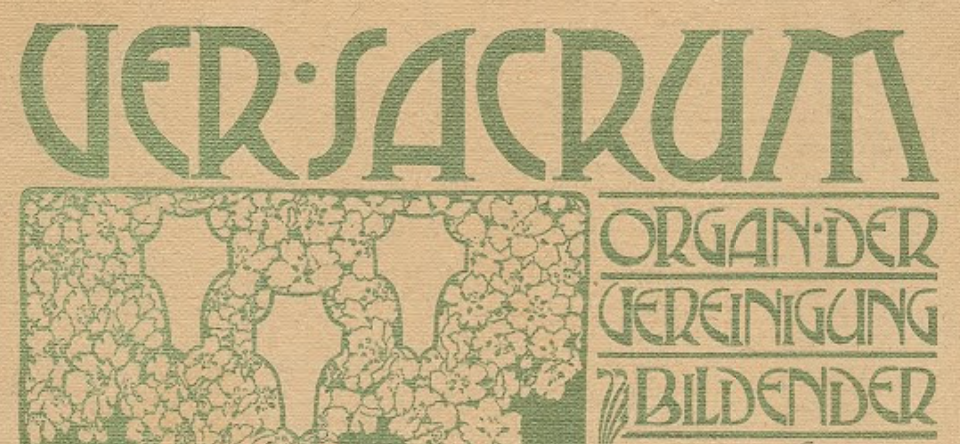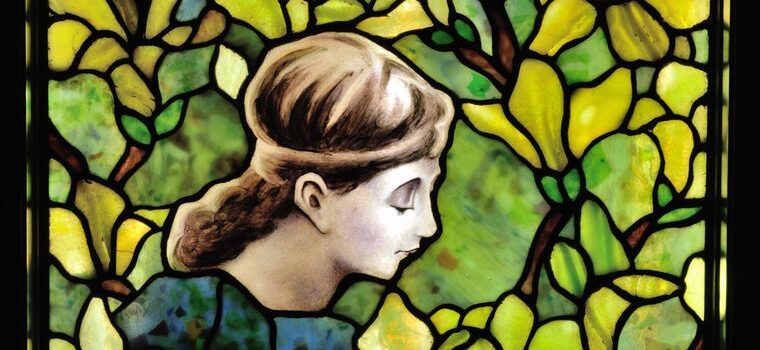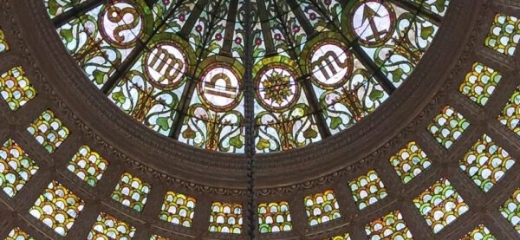Art Nouveau, with its flowing lines, organic motifs, and exquisite craftsmanship, has once again captivated the imagination of designers, collectors, and art lovers worldwide. Originally flourishing between 1890 and 1910, this highly decorative style is experiencing an unprecedented revival. Its resurgence is not just a fleeting trend—it reflects a deeper cultural shift towards nature-inspired beauty, individuality, and craftsmanship in an era dominated by technology.
Why is Art Nouveau More Popular Than Ever?
Throughout history, artistic movements have often emerged as responses to broader societal changes. Art Nouveau was originally conceived as an antidote to the cold, mechanized aesthetic of industrialization, replacing harsh lines and mass production with intricate, handcrafted designs. It briefly re-emerged in the 1960s, another period of cultural upheaval, as a counterpoint to the rigid modernist styles of the time. Today, in a world of digital overload and mass-produced minimalism, the renewed fascination with Art Nouveau signals a yearning for something more organic, expressive, and emotionally resonant.
The Allure of Art Nouveau in Modern Design
With its elegant curves, floral patterns, and emphasis on craftsmanship, Art Nouveau is particularly appealing to maximalists and organic modernists seeking unique and expressive home décor. This aesthetic celebrates artistry in every detail, from intricately carved furniture to hand-painted tiles and stained-glass masterpieces. Its botanical motifs, undulating forms, and rich color palettes create a sense of warmth and fluidity—qualities that contrast beautifully with the sterile minimalism that has dominated interior design in recent years.
The numbers speak for themselves: Art Nouveau rose four positions as a furniture search term in 2024, signaling its growing influence in interior design. The style’s revival is evident in the popularity of vintage Art Nouveau pieces, contemporary reinterpretations, and even modern architecture that echoes its sinuous forms.
Art Nouveau Beyond Interiors: Jewelry, Architecture, and Fine Art
Beyond home décor, Art Nouveau has found a stronghold in the world of jewelry, fashion, and illustration. Enthusiasts are rediscovering the work of Émile Gallé, Louis Comfort Tiffany, Alphonse Mucha, and René Lalique, whose timeless designs continue to inspire contemporary artisans.
Architecturally, the style remains a defining feature of several cities, including Brussels, Paris, Barcelona, Vienna, and Prague. These cities have preserved Art Nouveau’s legacy through ornate facades, intricate ironwork, and whimsical details that transport visitors to another era. A new wave of travelers is seeking out these artistic landmarks, embracing Art Nouveau tourism as a way to immerse themselves in the movement’s beauty and historical significance.
A Movement That Continues to Inspire
As society leans toward more expressive, handcrafted, and nature-infused aesthetics, Art Nouveau’s renaissance feels both inevitable and exciting. It is more than just an artistic style—it is a philosophy that embraces harmony between nature and design, artistry and function. Whether through home interiors, jewelry, fashion, or travel, the resurgence of Art Nouveau invites us to rediscover the magic of ornamentation and the enduring power of beauty.
For those looking to bring this timeless style into their lives, exploring Art Nouveau cities and collections is the perfect way to find inspiration. Whether you are a seasoned collector or a newcomer to the movement, one thing is certain: Art Nouveau’s allure is stronger than ever, and its influence will only continue to grow.
